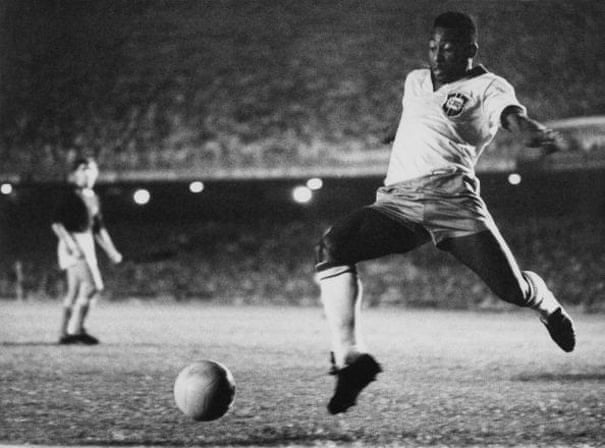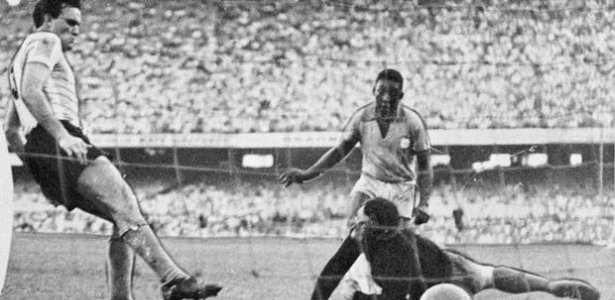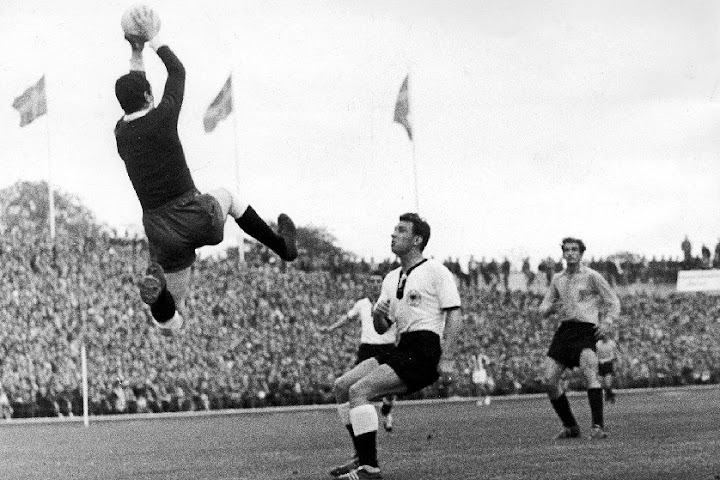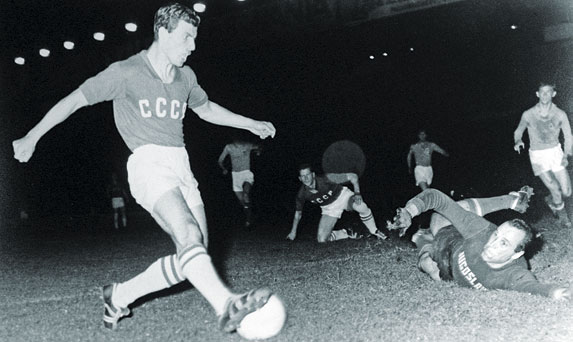Final 1956-57
The final came to South America this time around, with 60,000 people stacked in Lima's Estadio Nacional to watch the final of the second edition of the Nation's League. Most of these 60,000 were already embracing the Argentinian cause but about 700 Spaniards came to support their team in Lima. The first shock of the final would come before the game even started, with Alfredo Di Stefano, one of Spain's star strikers, declining the call to play in the final, citing political and personal pressures not to do so. The ex-argentinian therefore wouldn't be playing on the field that day, and would be a critical point of contention later on once the result would be known. Argentina soon found themselves in the driver's seat, scoring two before half-time quite easily. The Spanish, used to have Di Stefano in front, had to move Gento to center and therefore were not used to playing in this configuration. This would result in them only managing to find the net after 53 minutes of play, but wouldn't matter as Spain could not come forth with one more goal, letting Argentina escape with the game.


Humberto Maschio, captain of the Argentine team, poses for a photo before kick-off

Alonso saves a shot by Cruz during the second half of the final

Picture of the winning Argentinian team after the end of the match

Humberto Maschio, captain of the Argentine team, poses for a photo before kick-off

Alonso saves a shot by Cruz during the second half of the final

Picture of the winning Argentinian team after the end of the match











